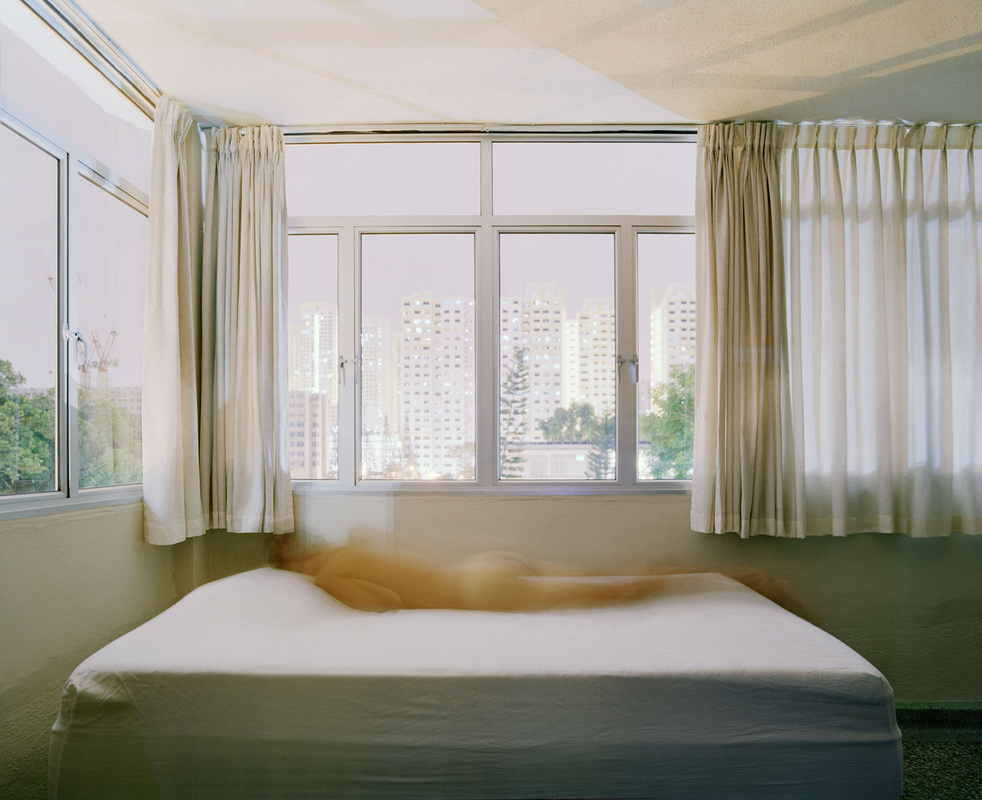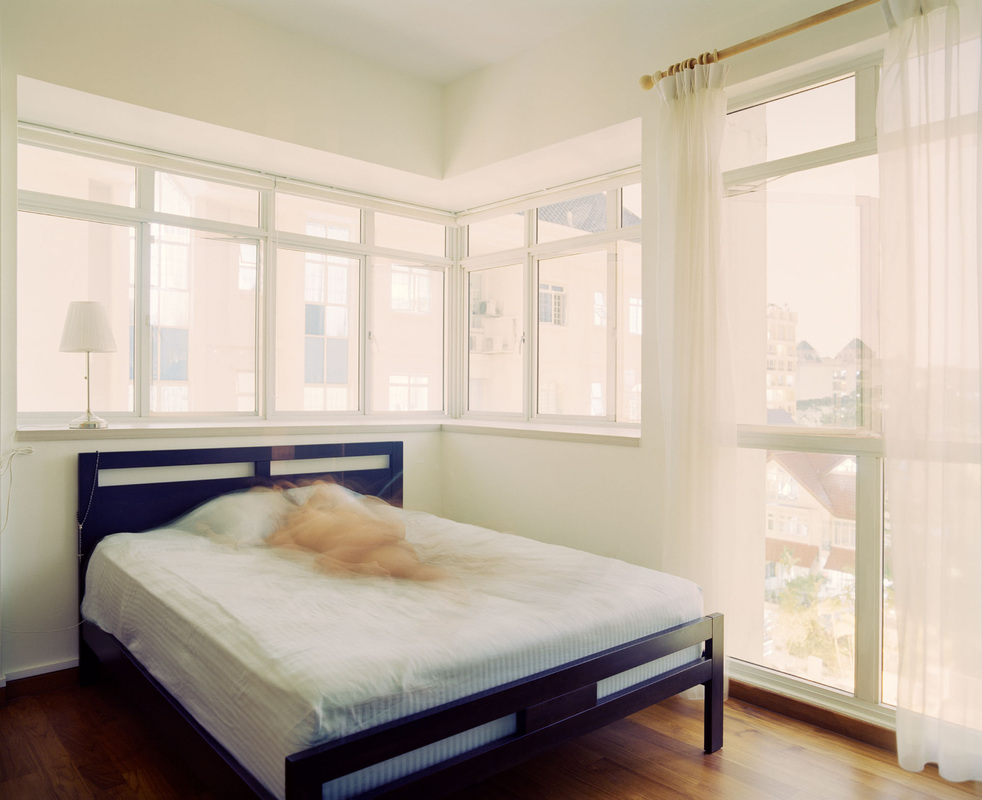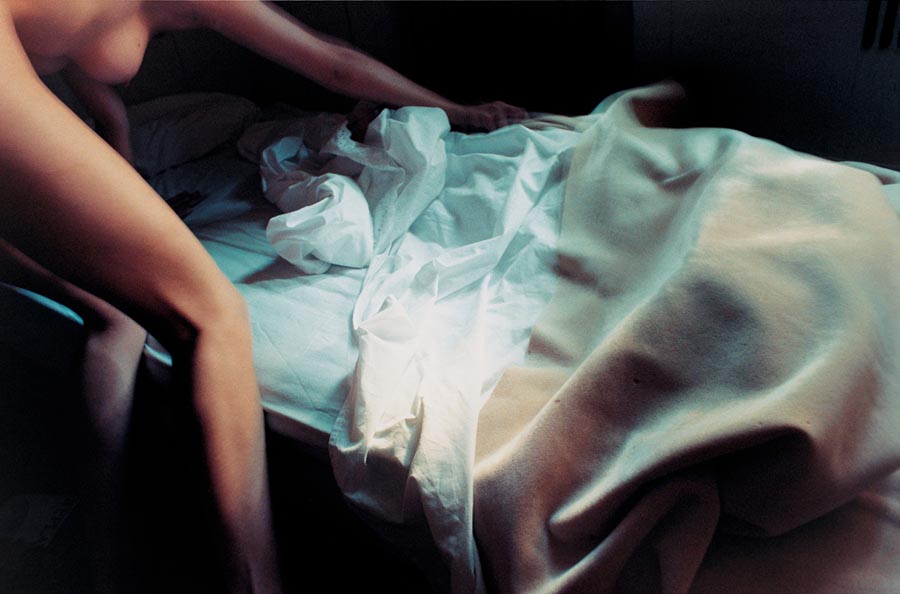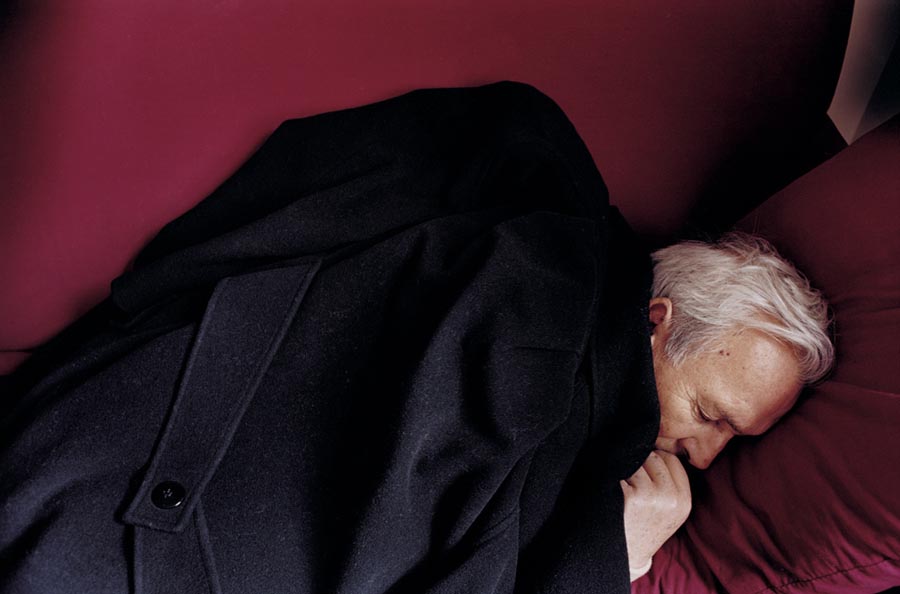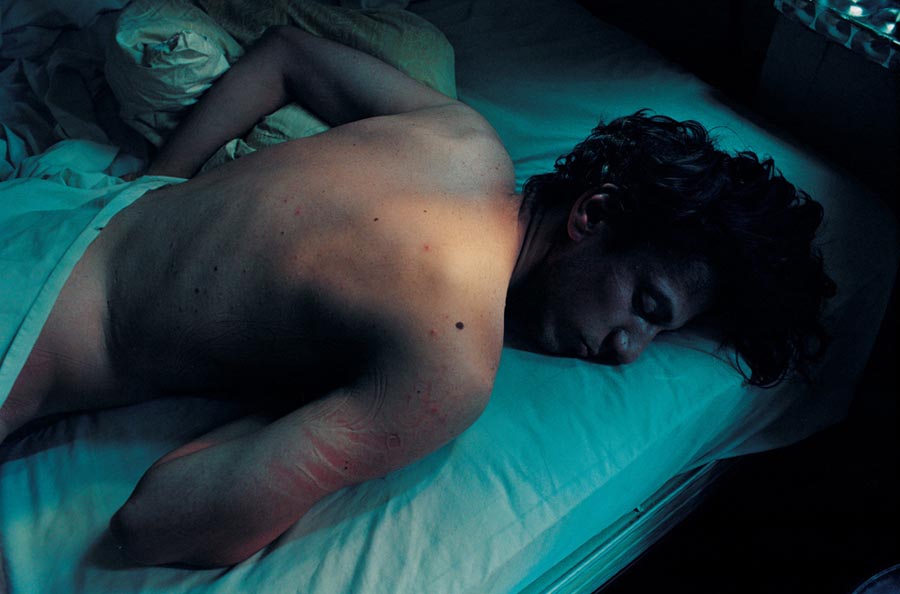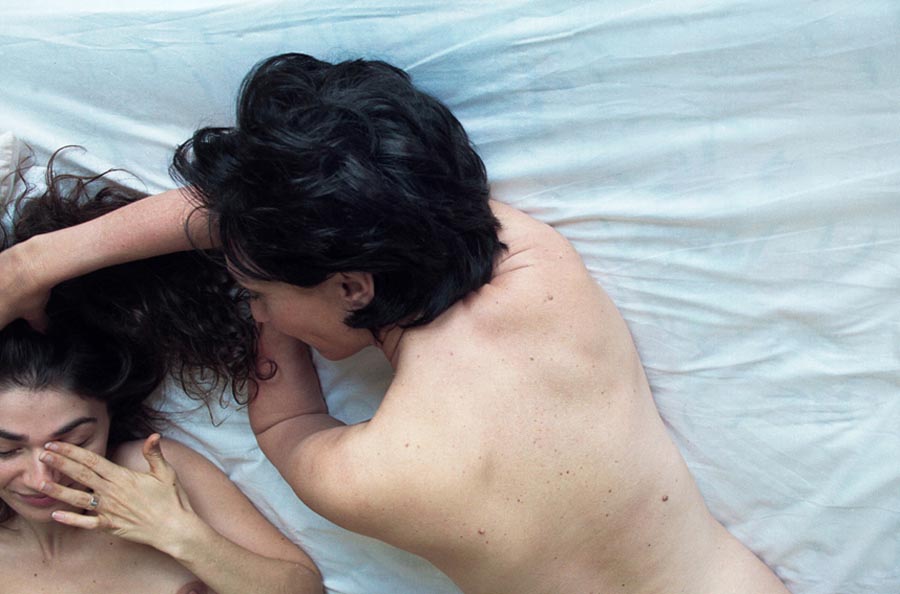Month: March 2018
Midterm Project – To Be You
The Life of Things – Exhibition @ Esplanade
The Life of Things exhibition can essentially be broken down into three different parts:
1) Subliminal City:
- UuDam Tran Nguyen, Serpent’s Tails
- Lim Sokchanlina, Urban Street Night Club, Wrapped Future, National Road Number 5
2) Relics:
- Phan Thao-Nguyen, Tropical Siesta, Education of a Poet
- Sarker Protick, Exodus
- Sim Chi Yin, One Day We’ll Understand
3) Museum of Modern Sympathy:
- Kevin Fee, Misfortunes of the Inanimate, To Live and Let Live
I felt that the whole exhibition did not really manage to successfully curate all the works of three components into a concise manner. The topics and mediums used for each work did not hold much relation to one another. For mediums used, there were photographs, videos, paintings, and a large physical installation.
However, personally I did enjoy the differences between all three parts of exhibition individually as I felt that each time I went to a different location, I was inspired by the freshness of the artists’ ideas was thoroughly interested in the work.
I especially liked Serpent’s Tails, Wrapped Future, Misfortunes of the Inanimate and One Minute Sympathy.
Serpent’s Tails by UuDam Tran Nguyen
I really enjoyed the use of three different screens to show the work instead of the usual one screen that would allow the audience to solely cast their attention on the centrepiece. I think three screens worked for this project because it contributed to the organic and disorganised feeling that I got from the work pertaining to pollution because of the overuse of motorcycles in Vietnam.
The footage was also chaotic, yet visually engaging because of the colours and the way the shots were taken. There was a good mix of abstract, close of shots as well as parts that allowed the viewer to see what was happening in the surroundings.
I feel like this was good for me in relation to my own project because it presented the information in a abstract, micro manner that focused on textures.
Wrapped Future by Lim Sokchanlina
I also enjoyed Wrapped Future as I feel that I can learn from this type of documentation style and presentation. I think Wrapped Future is the type of pure documentary work that creates a beautiful photograph, but at the same time keeps the style very clean and direct, presenting it to the viewer in a clear manner. Everything seems natural, in the sense that the subject matter had been photographed the way the photographer found it, and has not been altered or staged.
I also felt that the subject matter was very vibrant and carefully chosen because they all worked well together as a series.
Misfortunes of the Inanimate by Kevin Fee
I found this series very interesting as well because of the level of detail the artist gave to each photograph. The artist was likely to have been very alert to keep a lookout for his subject matter since I feel that things caught in an unfortunate situation are not easily found if one is not conscientiously looking.
I also felt that the size of the prints (about postcard sized) were just right for the work, as it was a good pairing with having 72 photographs up. The size also gave the work a more intimate kind of feeling. I think the fact that the photographer had 72 photographs contributed to making this series successful because it is one that requires many photos.
However, I am interested to know why the artist chose to photograph this series in the night/flash kind of aesthetic.
Kindred Artists (For Midterm Project #1)
KINDRED ARTISTS:
- Lavender Chang, Unconsciousness: Consciousness (2013)
Lavender Chang is a Taiwanese born conceptual photographer who now works and lives in Singapore. Her works have been exhibited at multiple shows, such as the International Orange Photo Festival in 2010, China, Singapore Art Museum, Mizuma Gallery and Sundaram Tagore Gallery New York in 2014.
She has also won awards in various competitions like The Crowbar Awards and Noise Singapore.
Unconsciousness: Consciousness (2013)
The image shows the passage of time during the person’s unconscious state passing, uncovering the abstract that is under our reality. When the environment is constant and his body and the light is the only movement in the image, the bed becomes a stage. The person becomes a performer. These images are performances created overnight as time passes around the sleeping body.
2. Leonardo Magrelli, Meerror (2016)
Magrelli was born in Rome in 1989, holds a BA in Design and Architecture from “La Sapienza” university in Rome. In the last years his works has been featured in several printed and online photography magazines, and has been displayed in collective exhibitions and festivals.
Previous physical and online exhibitions include: A Smith Gallery, Black Box Gallery, Darkroom Gallery, Life Framer, F-Stop Magazine.
Meerror (2016)
The Meerror project shows what mirrors reflect when we are not in front of them. It consists in a series of photos taken facing a mirror, so we should see ourselves reflected in it, but we don’t, as if we were invisible. The result are real images, that exist in the world, but that we can never witness, for we are their own interference. In fact, we will never be able to observe directly what a mirror shows when we are not facing it, because every time we step in front of it, the image that was reflected a moment before is modified by our appearance. Only disappearing, we can observe reality without alterations.
Thus self-portrait and still life collide, creating images that are both the things and none at the same time. In fact, up to where is it legitimate to speak of portrait? Each one of these pictures premise it and is the result of the cancellation of a self-portrait. Yet is our very absence, an absence that turns these images into still lives, that triggers the mechanism of the picture.
3. Elinor Carucci, Closer (1900s to 2000s)
Born 1971, Israel, Elinor Carucci graduated in 1995 from Bezalel Academy of Arts and Design with a degree in photography, and moved to New York that same year.
In a relatively short amount of time, her work has been included many solo and group exhibitions worldwide. Solo shows include Edwynn Houk gallery, Fifty One Fine Art Gallery and Gagosian Gallery. Some group shows include The Museum of Modern Art New York and The Photographers’ Gallery in London.
Closer (1900s to 2000s)
Carucci’s work is first and foremost about the nuclear family, but also touches upon the related topics of intimacy and mortality. Her parents, grandparents and spouse are the central players, each of whom she portrays gently but unflinchingly in her images. Her color photographs work with a definite color palette, regardless of whether or not this was intentional; there is a mesmerizing quality to the serene blues and vivid reds set against the myriad tones of bare skin.


















































